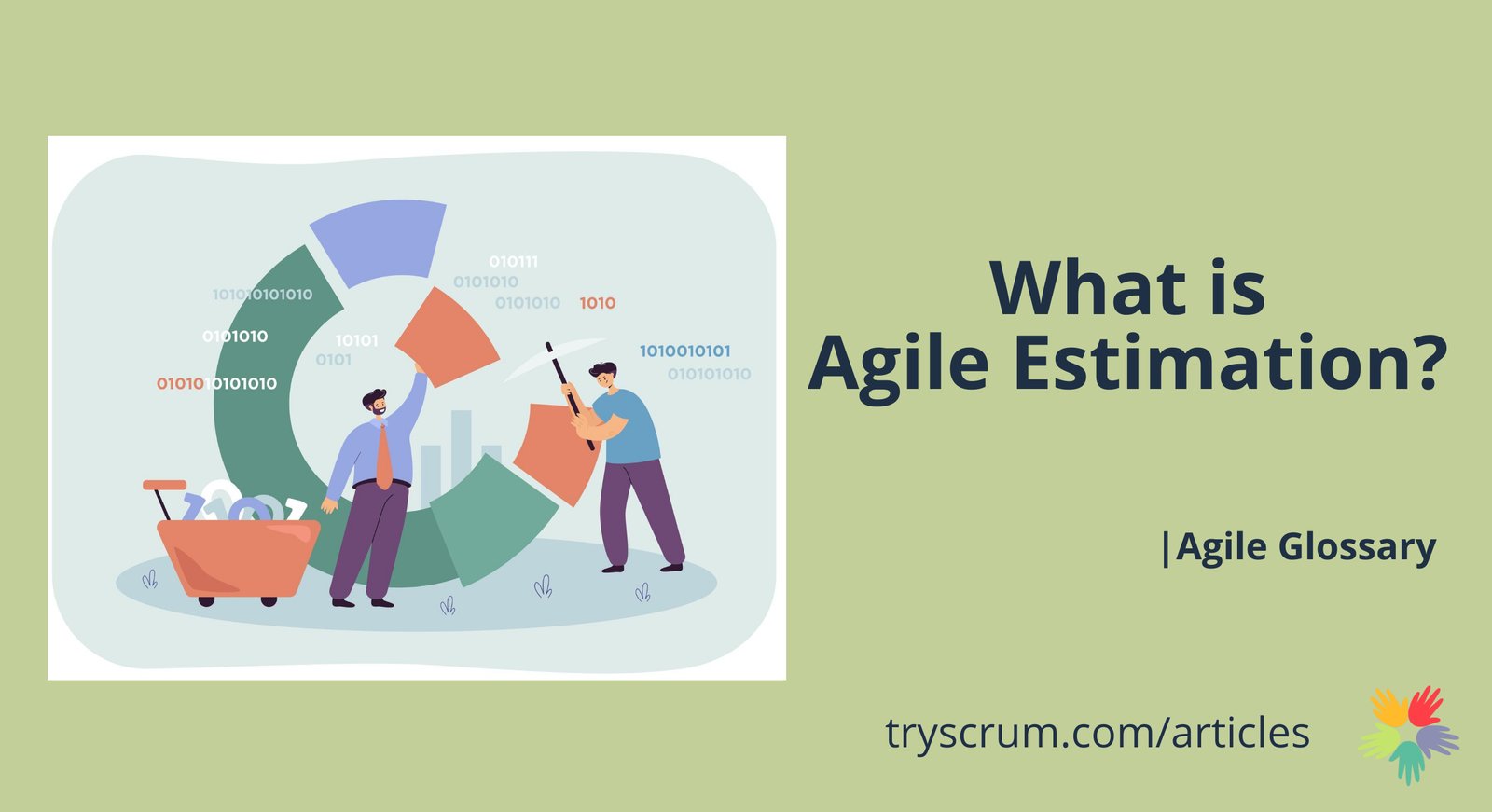Agile estimation is a collaborative approach used by Agile teams to assess the effort required to complete tasks, user stories, or product backlog items within a project. Unlike traditional methods that estimate in hours or days, Agile estimation often employs relative units such as story points to gauge complexity, risk, and effort.
Key Concepts in Agile Estimation
Story Points
A unit of measure that reflects the relative complexity of implementing a user story, considering factors like uncertainty, risk, and effort. This helps teams prioritize work without assigning specific time durations.
Fibonacci Sequence
A numerical sequence (e.g., 1, 2, 3, 5, 8, 13, 20, 40, 100) used to represent the relative size and complexity of tasks. Larger tasks carry more uncertainty and effort.
Planning Poker
A consensus-based estimation technique where team members use Fibonacci cards to propose estimates for backlog items, encouraging discussion and agreement.
T-Shirt Sizes
An estimation method that categorizes tasks into Small, Medium, Large, and Extra-Large for quick, relative assessment of effort.
Velocity
A metric that indicates the amount of work a team can complete in a sprint, based on historical data. It aids in forecasting and iteration planning.
INVEST Criteria
Guidelines ensuring stories are Independent, Negotiable, Valuable, Estimable, Small, and Testable, which improves estimation quality.
Conclusion
By adopting these estimation techniques, Agile teams can better plan their work, set realistic expectations, and deliver value consistently. Collaborative estimation fosters a shared understanding of tasks and backlog items, leading to more accurate planning and successful project outcomes.

































